Houston Flat Roof Drainage: 7 Fixes That Work
By Shantell Moya · 2 months ago · 12 min read
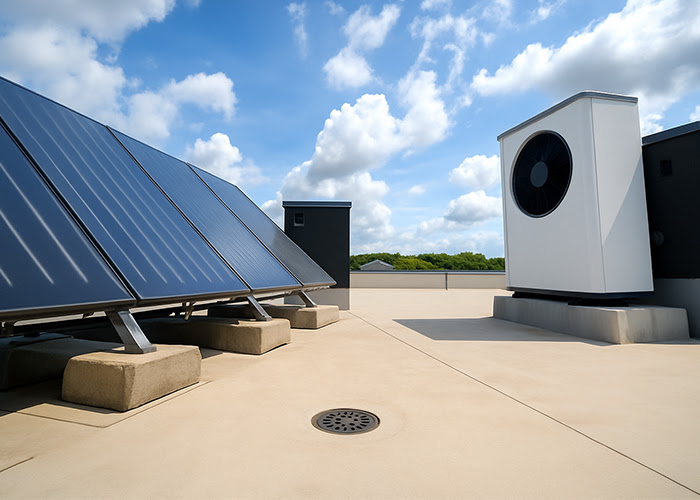
If your Houston flat roof collects water after every storm, then you have a problem, and it’s not with basic drainage. The city has been seriously booming (we added 200,000 new residents just in the past year alone), and our infrastructure hasn’t kept pace with this growth. At the same time, the weather patterns we’re seeing now are more intense than anything we’ve seen before.
Once water starts to pool on your roof in Houston’s brutal heat, it starts a nasty cycle. The standing water breaks down your roof membrane much faster than it should, and the extra weight actually causes your roof structure to sag a little bit. When it rains again, the sagging gets worse and worse because now you have even more places for the water to collect. A lot of buildings around here still have drainage systems that were designed back in the 1980s, and they’re overwhelmed by the tropical downpours we get now – the ones that dump 3 inches of rain in a single hour. Add in Houston’s famous clay soil that moves your foundation around, and you get brand new low areas on your roof that weren’t there last year.
Most of the generic roofing advice you’ll find online might work great in a place like Phoenix, but it’s useless in Houston’s subtropical swamp climate. The fixes here are specifically designed for our combination of challenges – the always-unstable clay soil, our 100-degree summer days, the acidic rainfall that we get from the Gulf and those violent afternoon thunderstorms that can turn your roof into a swimming pool in about 15 minutes. These aren’t theoretical fixes either – they come straight from the contractors who have been through Harvey, Allison and every flood event in between.
Let’s discover which drainage methods will finally solve your flat roof water problems!
Houston Has the Biggest Drainage Problems
Houston’s weather patterns are different from what flat roofs face in other Texas cities, and that’s a real problem for property owners. Dallas might get a gentle, steady rain that lasts for a few hours, and it’s manageable. We get these massive downpours that dump 2 or 3 inches of water in just 1 hour. A roof has to move that water off its surface very fast, or you’re going to be left with damage on your hands.
The clay soil underneath Houston buildings is another big headache that compounds the drainage issue. Clay soil is notorious for moving around and settling as the years go by. Even small movements in your foundation can turn your flat roof into one with shallow depressions where water sits instead of flowing toward the drains. Anyone who lives in neighborhoods like Meyerland or Bellaire has seen firsthand just how fast water pools up in certain spots during our storms.
Standard drainage calculations that contractors use in other parts of the country are worthless in Houston. A drainage system that works great in Phoenix or Denver is going to be overwhelmed by Houston rainfall because the intensity of our storms is on a whole different level. Engineers who actually know what they’re doing around here have to plan for much, much higher water volumes when they’re designing these systems.
Our local trees create their own set of drainage problems throughout the year. Live oaks and pine trees drop different types of debris on different schedules. Spring is when the oak pollen comes down and mixes with the rainwater to form this thick, sticky paste that’s almost impossible to clean. Then, in the fall, pine needles drop and mat together into these dense clumps that sit right on top of your drains and block everything.
These Houston conditions mean that your flat roof needs systems that were specifically designed for our exact climate and environment. Generic roofing advice from some national website or a contractor who just moved here from Colorado isn’t going to cut it when those dark Gulf clouds start rolling in and you have only minutes before the deluge hits.
How to Fix Poor Roof Drainage
Your building probably doesn’t have enough roof drains, and that’s a problem that gets worse every time it rains. Houston’s building code requires 1 drain for every 1,000 square feet of roof space, and it sounds reasonable until you know that most buildings constructed from the seventies through the nineties fall way short of this standard. The drain count is almost certainly the culprit when you see water that just sits on your roof for days after a storm passes through.
The math here is pretty simple once you think about it. A 10,000 square foot roof needs at least 10 drains to handle the type of rainfall Houston sees on a regular basis. The problem is that many older buildings in the area have maybe 5 or 6 drains total, and some have even fewer than that. That difference between what you have and what you need turns into a real problem when 2 inches of rain falls in an hour, and this happens all the time.
Scuppers are a pretty smart way to get water off your roof, and they’d be just what you need if your existing drainage setup isn’t cutting it. These are just openings that go right through your parapet walls that let water escape when your normal drains are overwhelmed. The nice part is that they cost way less to install than standard roof drains because you’re not cutting into the main roof membrane, which means less hassle and lower labor costs. All you need is to cut the right-sized openings in the walls around your roof’s edge, and any decent contractor can knock that out in no time.
Property owners always worry about new holes in their roofs, and I get why they feel that way. Any new opening could leak if it’s not installed correctly. But waterproofing has come a long way in the past 20 years. Roofers now use multiple layers of seals and reinforced membranes around new drain openings, and these materials are much better than the old materials that we used to work with. When a job is done right, these new installations actually become the strongest areas on your entire roof. Most property owners are genuinely shocked when they learn that.
The difference that proper drainage makes became obvious during Tropical Storm Allison, and the contrast was dramatic. Buildings with adequate drains experienced minor water buildup that cleared within hours of the storm passing. Their neighbors who had fewer drains saw total roof failures and took on hundreds of thousands of dollars in damage. The same pattern repeated itself during Harvey and continues to play out during other big storm events throughout the region.
How to Fix Your Roof Slope
Most flat roofs in Houston actually need about a quarter inch of slope for every foot of roof to make the water drain the way it should. A quarter inch doesn’t sound like much at all, and it’s not much at all. The problem is that Houston’s clay soil makes it almost impossible to keep that slope where you need it. Buildings settle as the years go by, and the perfect slope that your contractor installed 5 years ago is probably gone by now, or at least nowhere near what it used to be.
Tapered insulation systems are probably your best bet to fix the slope problems on a flat roof. These polyiso boards get thicker bit by bit as they go along the roof, and they’ll give you the drainage you need without putting lots of extra weight on your structure. The foam boards come in all different thicknesses, and your installer will arrange them in a particular pattern to guide the water right where it needs to go – toward the drains.
Another requirement you need to have is crickets around your HVAC units and any other equipment up there. Crickets are these small angled structures that push water away from obstacles where it would otherwise just sit and pool up. Without properly installed crickets, you’ll end up with pools of standing water behind the equipment on your roof, and that’s a recipe for disaster. Combining ponding water with Houston’s intense heat is asking for big problems. All that standing water gets very heavy and actually causes your roof to sag even more than it already was. And our brutal summer sun heats that pooled water to temperatures that are almost boiling – I’m not exaggerating! Your roof membrane sits in that hot bath all day long, and it breaks down incredibly fast.
Properties near Buffalo Bayou and throughout downtown Houston have it the worst with settling problems. The clay soil in these particular areas moves around more than almost anywhere else in the city. Local contractors who are in these neighborhoods tell me they see roofs that need slope correction every few years and sometimes even more than that. A lot of property owners try to fix the ponding areas with just roof coatings and nothing else. But it almost never works in Houston because the water just sits right on top of the coating anyway – the coating doesn’t fix the underlying slope problem at all.
Secondary Overflow Systems for Your Roof
Overflow protection on your roof is the one upgrade that property owners never think about until a massive storm hits, and then suddenly it’s the most worthwhile investment you could have made. The strategy itself is actually pretty simple – you want to install your emergency drainage outlets somewhere between 2 and 4 inches above where your primary drains sit. The height difference matters quite a bit because it makes sure that water only flows through these backup outlets when your main drainage system really can’t manage the volume anymore.
Hurricane Harvey provided Houston property owners with an extremely expensive education on this exact topic. All across the city, buildings that were equipped with well-designed overflow systems managed to survive, while neighboring properties without them experienced catastrophic roof failures. The Memorial area in particular became a textbook example of this pattern, with block after block showing the same result. Properties that had backup drainage systems in place kept their interiors dry even as water accumulated dangerously on their rooftops.
For your overflow scuppers to actually do their job during those intense Houston storms we all know and dread, they need to be able to move significantly more water than your primary drains can manage. A solid guideline is to make them approximately 50% bigger than whatever size your main drains are. When your primary drain is four inches, then you should go with a six-inch overflow outlet alongside it. The extra capacity can be the difference between minor pooling and significant structural damage when rain comes down harder than weather forecasters anticipated.
The placement of these overflow outlets needs some strategic thinking as well. You want to point them away from whatever direction storms usually come from in your particular area. Since most tropical systems move into Houston from the southeast, your best bet is usually to position your overflow outlets so they drain toward the north or west whenever your building layout makes that possible.
One big error that I see far too much is when overflow drains get connected to the exact same piping system as the primary drains. This undermines the entire concept of backup drainage! Each and every overflow outlet needs its own independent path to carry water away from your building. The whole point here is redundancy – when one system gets overwhelmed or clogs, the other one continues to work.
Many building owners initially view overflow protection as just another unnecessary expense on an already expensive roofing project. But when you actually sit down and compare the installation cost against even a single hurricane-related damage claim, the financial logic is obvious. The amount that you’ll spend to repair a roof that’s collapsed from water weight will dwarf whatever amount you would have invested in prevention measures ahead of time.
A Secure Home Starts with a Solid Roof
All seven of these fixes need to be used together, and when they do, they’ll give you a drainage system that works much better than any single improvement could ever be by itself. Money can be tight, though. When spreading out these improvements over time becomes necessary, the best place to start would be with your drainage points and any slope problems you have. Just those two fixes by themselves will protect you from about 90% of the water damage that causes homeowners stress and worry every time the storm season rolls around.
After you’ve made these improvements to your roof, the way you deal with bad weather warnings is going to change. No more last-minute scrambles or lying awake at three in the morning worried about water damage – once your drainage system is set up right, you can spend your time on other storm preparations and actually relax a bit. Thousands of buildings throughout our region have made it through hurricane after hurricane with these exact same fixes in place, and that proven performance tells you everything you need to know about how well they actually work with our particular weather conditions.
Since we’re looking at what holds up in our weather, Roof Republic does commercial and residential roofing projects, and we’re based right here in Texas. Most of our work is in the Greater Houston area. We’ve been at this for years, and that experience matters with our weather patterns. We do free inspections for anyone who wants to know what condition their roof is actually in, and our crews can take care of any repairs or full installations you might need. Professional roofing work matters too much to leave it to just anyone, and we’re always available to answer questions and talk about your options.
We’re here whenever you want to talk.

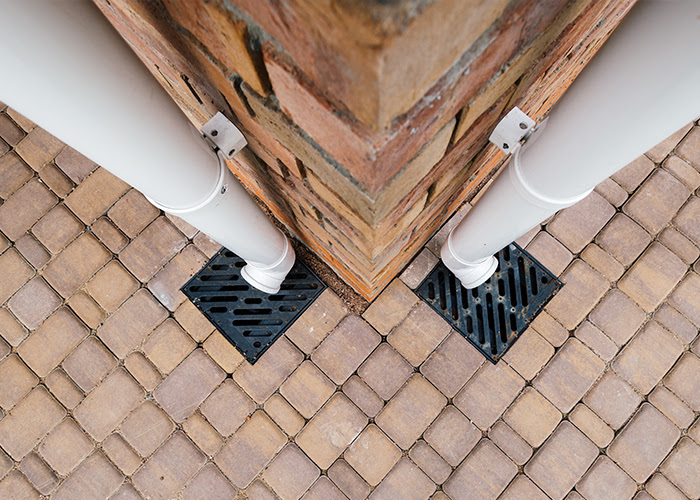
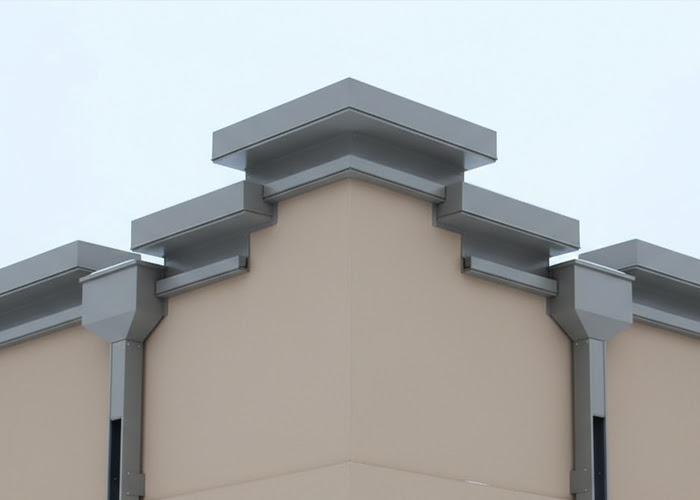
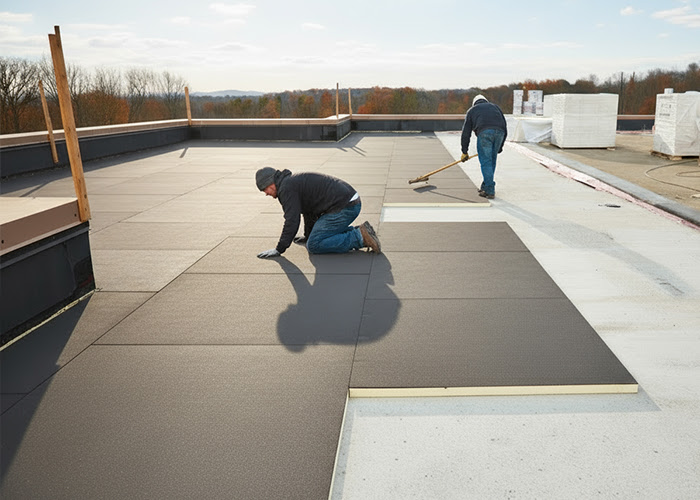
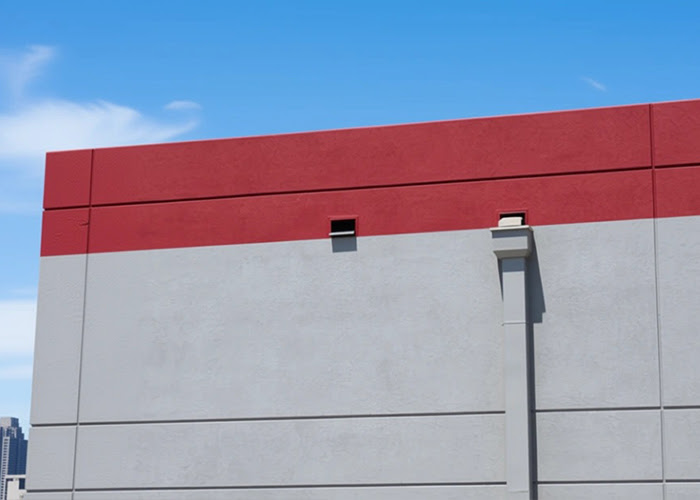
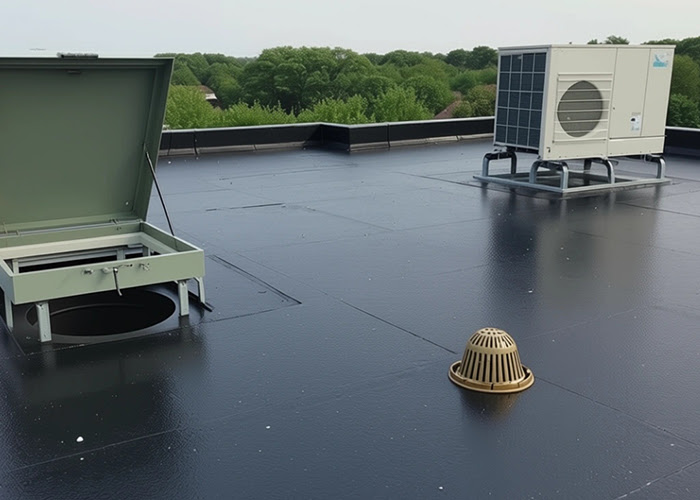
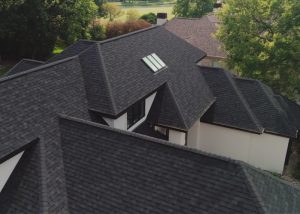
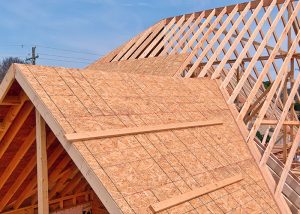

Comments
Sort by: